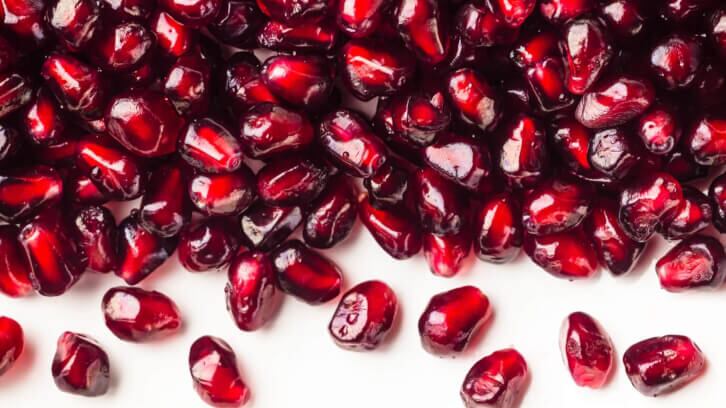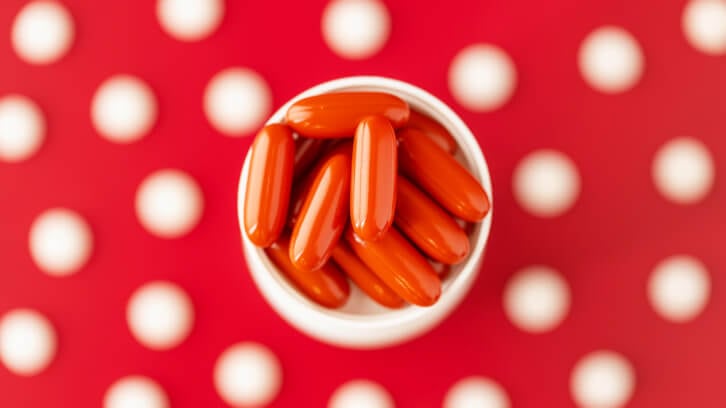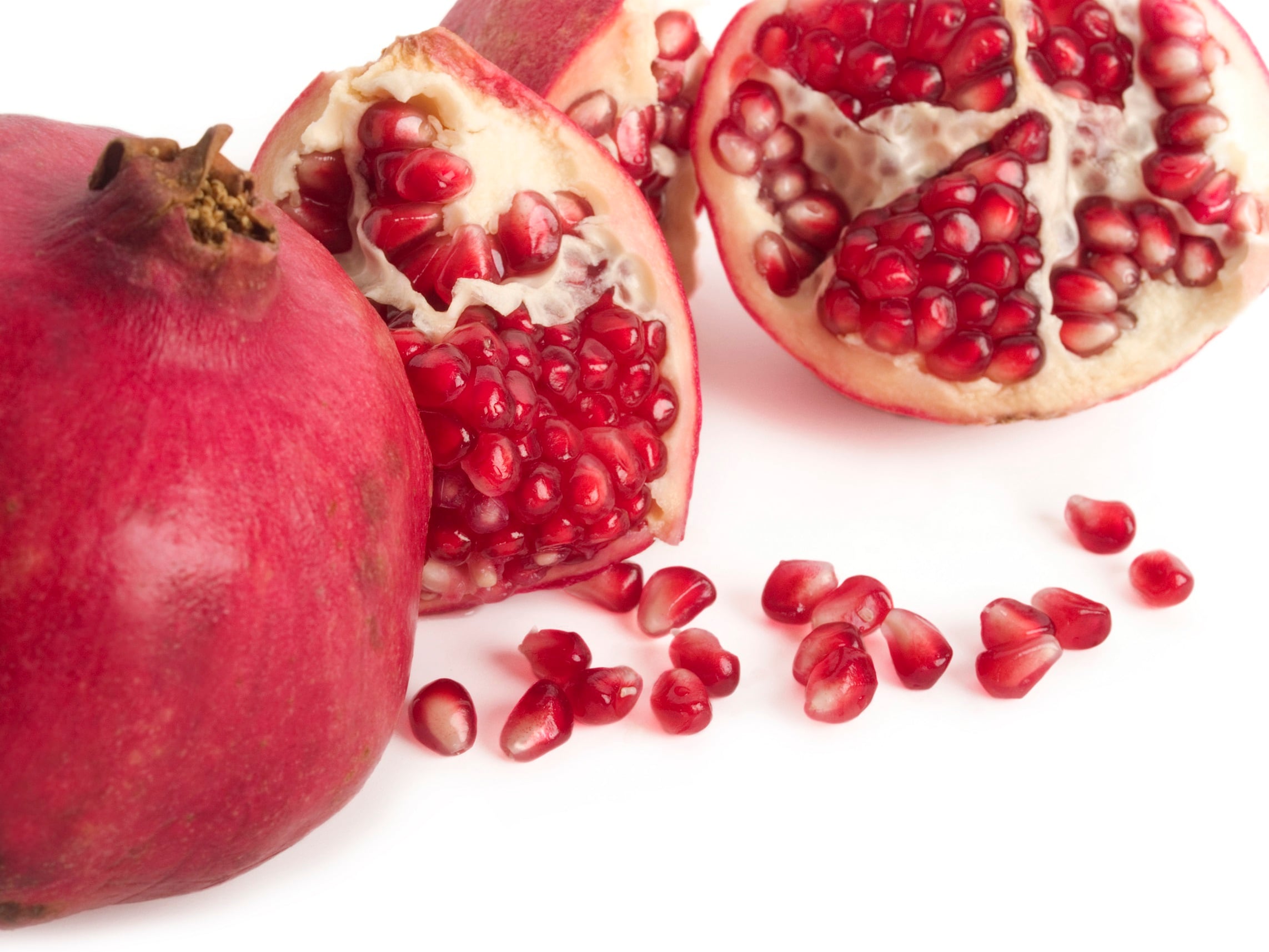Using ultra-high performance liquid chromatography-tandem mass spectrometry (UHPLC-MS), researchers at the University of Mississippi’s National Center for Natural Products Research (NCNPR) explored how phytochemicals called ellagitannins are converted into beneficial urolithin metabolites in a small group of healthy adults.
The research was funded by the NCNPR and Indiana-based ingredient supplier Verdure Sciences, which provided the Pomella-branded pomegranate extract used in the study.
“Tremendous interest continues to build for gut and digestive health, skin support and beauty from within as well as specific gut and skin microbiota,” said Kristen Marshall, digital marketing manager at Verdure Sciences. “Having evidence supporting the roles in metabolizing ellagitannins to urolithins in the gut truly helps to explain the positive prebiotic benefits Pomella has to offer.”
Ellagitannins and urolithins
Since Verdure Sciences introduced Pomella over a decade ago, the extract has been incorporated into a wide range of skin, brain, cardio-metabolic and joint health products, and dozens of studies substantiate the efficacy of its nutrient profile.
“The health benefits of pomegranates have long been associated with their high antioxidant content; however, pomegranate ellagitannins, while highly bioactive in vitro, are not absorbed intact into the bloodstream,” according to the company. “Patented Pomella pomegranate extract is standardized to offer bioactive punicalagins and their gut-derived metabolites urolithins.”
The researchers explained that punicalagins, the major ellagitannins from pomegranate, efficiently hydrolyze into ellagic acid and further into urolithins—undergoing extensive pre-systemic metabolism mediated by intestinal microbiota and hepatic Phase II metabolizing enzymes.
“As a result, conjugated urolithin forms (sulfate and glucuronide) dominate the pomegranate polyphenol plasma exposure following oral administration of pomegranate juice or extracts,” they added.
While previous research has evaluated the pharmacokinetics of ellagic acid, the study noted that little is known about the disposition of gut microbial metabolites urolithin A (UA) and B (UB).
Study details
The two-cohort cross-over study recruited 10 healthy men and women and compared the effects of a single dose of 250 mg and 1000 mg of Pomella extract standardized to 30% punicalagins at two different time points separated by a one-week washout period. For both doses, blood samples were collected at intervals during the 48 hours following supplementation to compare the conjugated and unconjugated forms of EA, UA and UB.
While conjugated UA was the major contributor to pomegranate polyphenol plasma exposure, conjugated EA represented a minor contribution. UA conjugates were detectable up to 48 hours post-administration and displayed a half-life of approximately 24 hours. Conjugated EA exposure was 5 to 8 times higher than unconjugated EA for both dose groups.
“Together these data indicate EA is rapidly absorbed and conjugated following oral administration of Pomella extract,” the researchers concluded. “Moreover, UA’s delayed appearance in the blood, primarily in the conjugated form, is consistent with gut microbiota-mediated metabolism of EA to UA, which is then rapidly converted to its conjugated form.”
Another key finding was that eight of the 10 subjects were determined to be Metabotype A, i.e., producers of UA, but none were Metabotype B, i.e., producers of UB. Commenting on the fact that not all study participants were able to metabolize urolithin A, Dr. Ryan Yates, principal NCNPR scientist, explained that about one-third of the population does not have the right gut microflora capable of producing UA.
Previous research has shown that supplementation with urolithin A overcomes limitations of dietary exposure and gut microbiome variability, but Dr. Yates noted that there are other phytochemicals present in pomegranate that may contribute to its beneficial effects.
“Therefore, it doesn’t necessarily mean one needs to supplement with urolithin A,” he said. “Today, what we know about pomegranate is there are multiple potential actives besides urolithin A. The picture is broader than a single metabolite.”
The study also confirmed a dose-dependent response in the conjugated forms of ellagic acid and urolithin A, with the 1000 mg dose group exhibiting nearly a twofold increase in area under the curve compared to the 250 mg group.
With additional reporting by Claudia Adrien.
Source: Journal of Pharmaceutical and Biomedical Analysis
“Development of a liquid chromatography-tandem mass spectrometry (LC–MS/MS) method for characterizing pomegranate extract pharmacokinetics in humans”
doi: doi.org/10.1016/j.jpba.2023.115477
Authors: Yan-Hong Wang et al.




